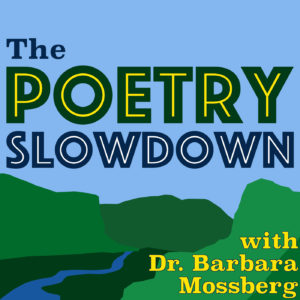“Today when persimmons ripen,†as Jane Hirshfield begins us, we’re slowing down—you know you move too fast—in this slowed time of year, where trees are strutting their structural moxie, revealed when their leaves take flight, sing the song of gravity, and reveal the gold orange and red and yellow reality in them all along, a way that poetry slows us down to express the fall foliage colors, the way a poem can turn us into what we have been all along—as Rumi puts this idea, “lovers don’t finally meet somewhere. They’re in each other all along.†And the Mayan saying, You are the other me–perhaps this YOU is the poem in which we recognize what’s amazing, what’s to love . . . as D.H. Lawrence says in a poem called Know Deeply, Know Thyself More Deeply. Slowing down with poetry reveals a beauty, a hope, a redeeming knowledge that’s been there, In there, all along. So today, we’re going savor how a poem changes it up, saves the day, revealing not only the changing leaves but the beautiful trunk and limbs in us, as our leaves leave and turn—shimmering, gleaming, luminous moving and heart-shaking poems by Wendell Berry in his book Given, Susan Laughter Meyers in her My Dear, Dear Staggergrass, Albert Goldbarth, in Saving Lives, Charles Wright, in Bye and Bye, and poems by our own Charles Tripi, Pablo Neruda, Garcia Lorca, D.H. Lawrence, David Whyte, Fran Landesman, Shakespeare, Robert Bly, Mary Oliver, and what words we give our children, Maurice Sendak’s newly re-issued 1956 book, Kenny’s Window, and Leo Lionni’s profile of the poet in his Frederick . . . So ears, hears the story, and thank you for joining me, Professor Barbara Mossberg*
© Barbara Mossberg 2013


